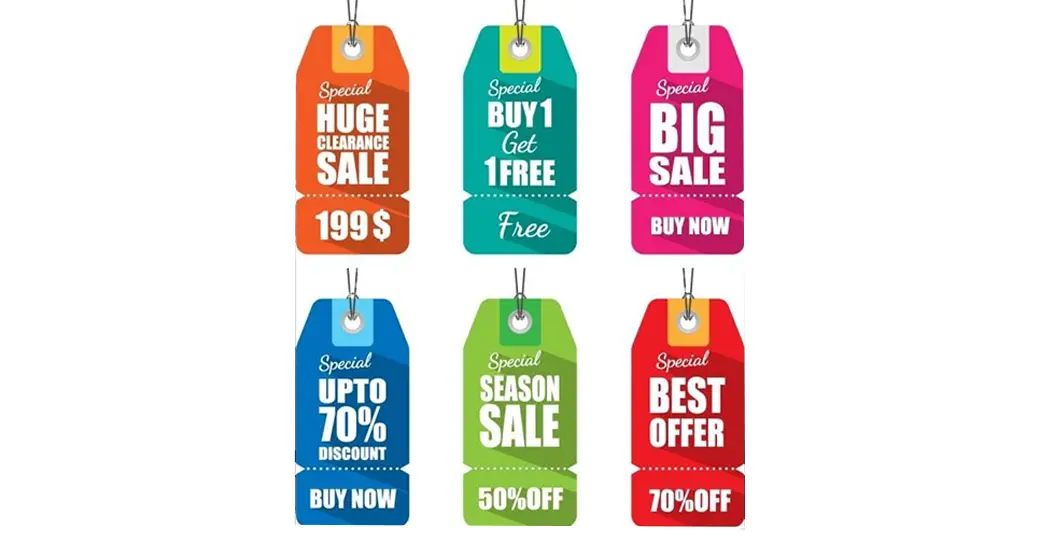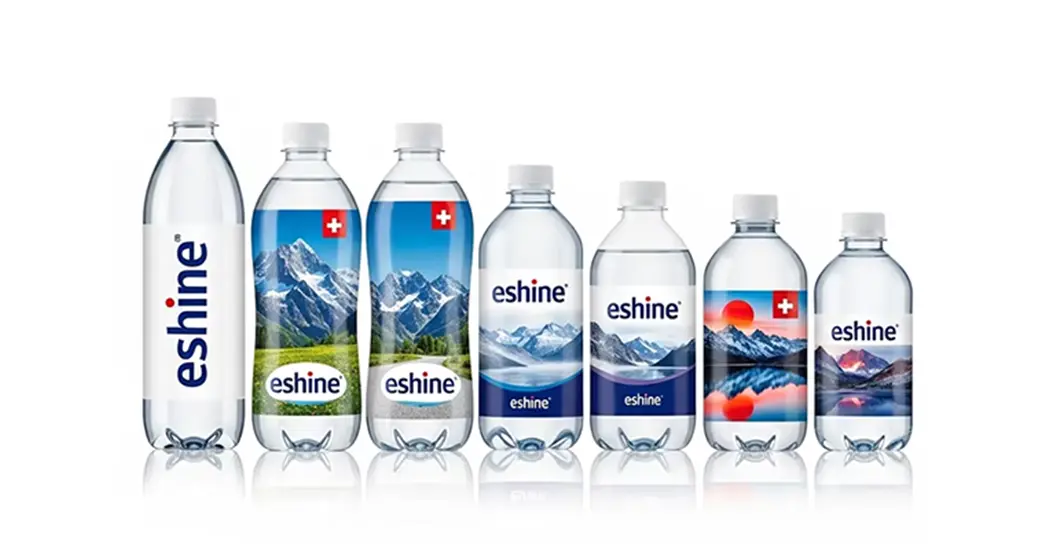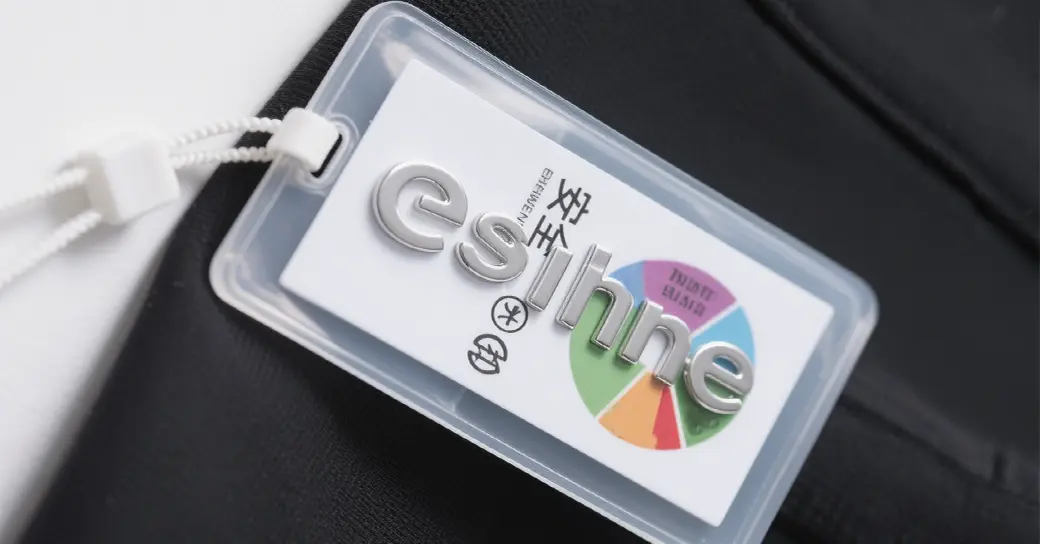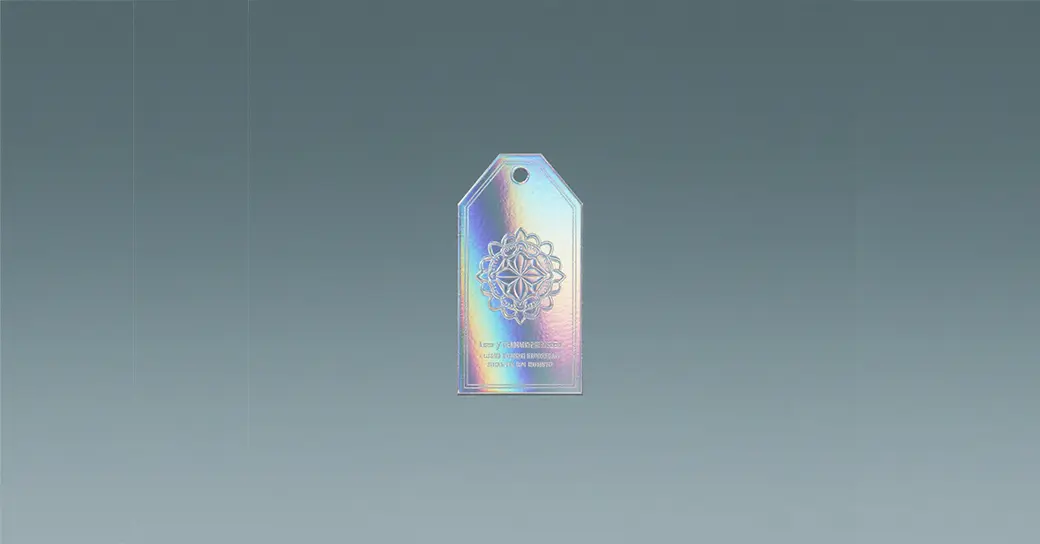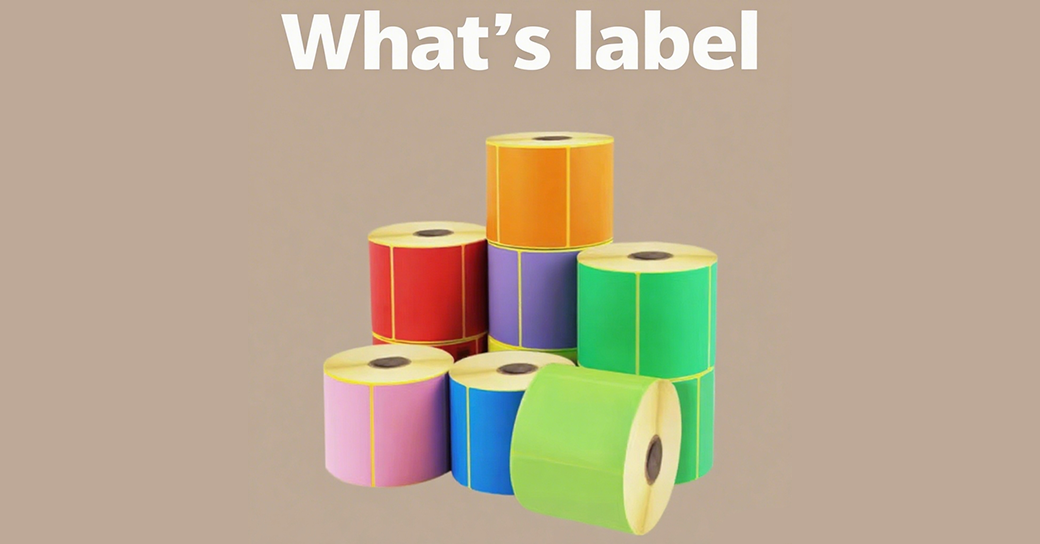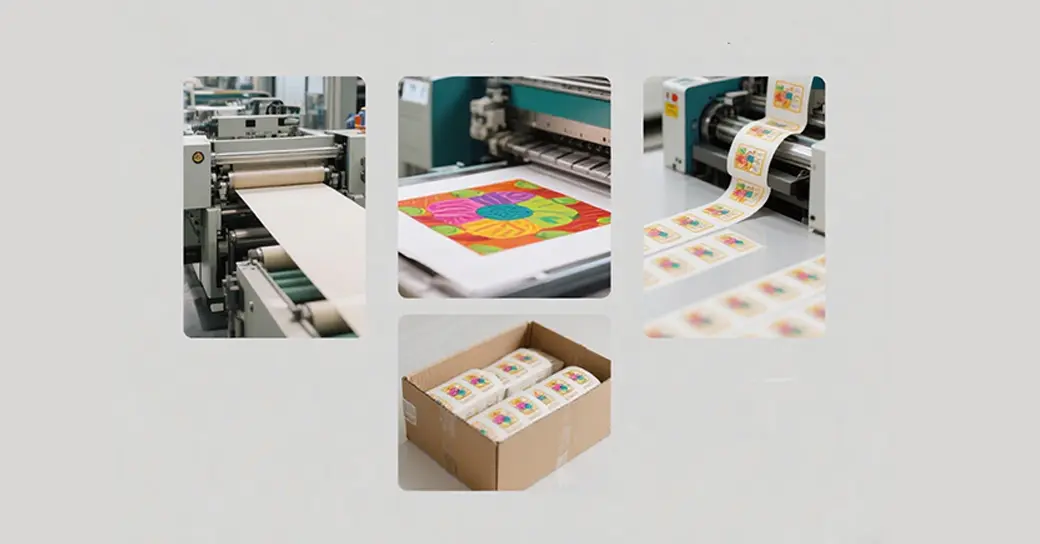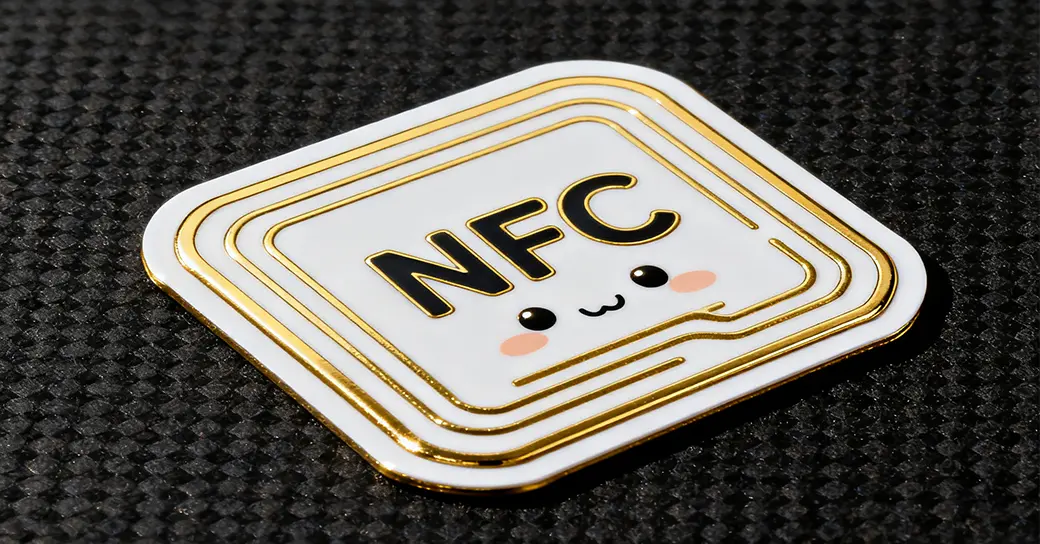Paper Hang Tags Evolve: From Labels to Eco-Friendly Cards
Environmentally friendly materials have become core competitiveness, in line with the brand's sustainable strategy
"In the past, when choosing paper hang tags, we only considered cost. Now, we first ask if they're recyclable," said Ms. Li, the supply chain manager for a local clothing brand. Since 2024, the brand has switched all hang tags to 100% recycled Kraft paper printed with soy ink. "Consumers are clearly averse to excessive packaging. These eco-friendly hang tags not only reduce our carbon footprint but also reinforce the brand's environmental image through the recycled material logo on the hang tags. After switching last year, repurchase rates for related products increased by 8%."
According to industry data, domestic clothing brands' purchases of eco-friendly paper hang tags increased by 35% year-on-year in 2024, with biodegradable materials like recycled paper and bamboo pulp accounting for over 60%. Many suppliers have also launched "hang tag recycling programs": consumers can send their old hang tags back to the brand and redeem them for coupons. The recycled hang tags are then processed and remade into packaging, creating a closed-loop system.
Controllable costs + strong adaptability, increasing popularity among small and medium-sized brands
Compared to hang tags made of metal, acrylic, and other materials, paper hang tags offer significant cost advantages and are adaptable to a wide range of clothing styles—from minimalist styles for affordable fast fashion to gold-stamped embossed designs for high-end women's wear. Differentiation can be achieved through process adjustments. A representative from a hang tag manufacturer stated that by 2024, paper hang tags accounted for 55% of orders for small and medium-sized clothing brands. "Many startups choose small-batch customization, with a minimum order of 100 pieces. This allows for flexible design adjustments, reducing trial and error costs."
Industry insiders analyze that as consumer demand for brand transparency and sustainable consumption continues to rise, the value of paper hang tags, as the "last link in the consumer journey" in the apparel industry chain, will become even more prominent. In the future, paper hang tags that incorporate innovative elements such as AR technology and plant-based dyes may become a new avenue for clothing brands to differentiate themselves.
Function expansion: from "information annotation" to "brand interaction portal"
In addition to material upgrades, the functionality of paper hang tags is also expanding. A reporter observed at a sportswear brand's store that the paper hang tags for their new sweatshirts not only displayed the fabric composition but also included a unique QR code. Scanning the code revealed a video detailing the garment's production traceability, styling guides, and even participation in a "used clothing recycling" campaign. "I used to just throw the hang tags away, but now I make a point of scanning them. I feel a stronger connection to the brand," said consumer Ms. Wang.
Niche designer brands prioritize the design and collectible value of paper hang tags. Designer Chen Xi's brand designs hang tags like mini postcards, featuring the brand logo on the front and a blank space on the back for handwritten thank-you notes or outfit suggestions. Some hang tags are also die-cut, allowing them to be used as bookmarks or decorative stickers. "Our hang tag recycling rate is 40%, and many consumers share their creative ways to reuse hang tags on social media, which in turn generates free publicity for the brand," Chen Xi said.




